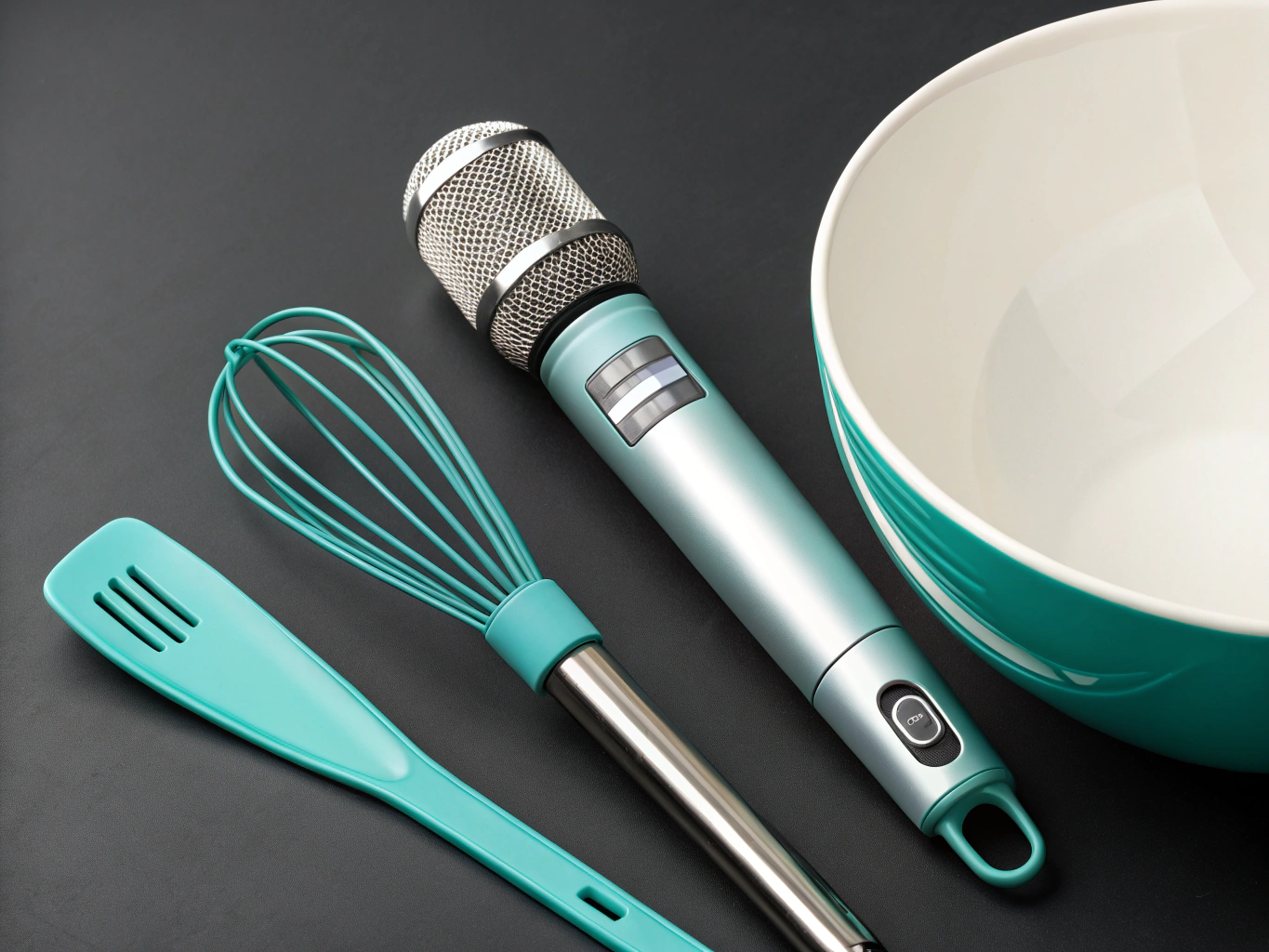The Unsung Hero of the Kitchen: The Baking Spatula as a Case Study in Everyday Innovation
Ever thought about how a simple tool like the baking spatula embodies a quiet yet profound lesson in design and utility? It’s easy to overlook the humble spatula amidst high-tech gadgets and flashy features, but it’s precisely those unassuming innovations that often carry the most transformative potential. Just as a well-designed spatula elevates baking from a messy affair to a seamless craft, good tech design can elevate business operations and customer experiences in ways we might not immediately recognize.
Design That Speaks to Human Needs
From Function to Experience
What makes a spatula stand out? It’s not just about flipping pancakes or scraping batter—it’s about how it feels in your hand, how it balances weight, and how easily it can be maneuvered. The best spatulas are those that are intuitively designed. They anticipate what a baker needs, often before the baker even realizes it. This kind of thoughtful design is what separates good tools from great ones—and the same principle applies to tech in eCommerce or AI-powered solutions.
Transforming Simple into Essential
In a way, the spatula is a perfect metaphor for innovation: a seemingly simple object that, with the right tweaks, becomes indispensable. The key takeaway? Don’t underestimate the power of small, user-centered improvements. They’re often the difference between a product that gets replaced and one that becomes a staple. When designing AI tools or digital interfaces, focusing on real human needs—those little frustrations and desires—can turn a good product into a transformative one.
Materials Matter: The Intersection of Form and Function
The Evolution of Material Use
Take a look at how spatula materials have evolved—from basic plastics to silicone and even eco-friendly composites. Each material choice isn’t just about durability; it’s about enhancing the experience. Silicone spatulas, for instance, resist heat and are gentle on non-stick surfaces, making them more versatile and safer to use. This blend of material science and user experience is a lesson for anyone working with tech: the right materials, or in our case, the right underlying architecture, can unlock new capabilities while maintaining simplicity.
Application to Digital Tools
When building digital products, choosing the right ‘material’—be it a programming language, framework, or interface component—is crucial. It’s about creating a foundation that’s durable yet adaptable, ensuring your tool remains relevant and useful as user needs evolve.
Designing for Ease and Efficiency
Intuitive Use as a Competitive Edge
The best spatulas are those that don’t require a manual. They just feel right. That seamless, almost instinctive interaction is what every product developer should aim for. It’s about reducing friction, eliminating unnecessary steps, and making the user feel like the tool is an extension of themselves. This is especially important in AI and eCommerce, where complexity can often scare off users or inhibit engagement.
From Friction to Flow
When you streamline interactions—whether it’s a checkout process, a product recommendation engine, or a customer support chatbot—you’re not just making things easier; you’re fostering a sense of trust and confidence. The goal? Transforming what could be a frustrating experience into a smooth, almost enjoyable journey.
Takeaways for Innovators and Entrepreneurs
- Prioritize human-centered design: Whether it’s a spatula or an AI assistant, understanding the end-user’s needs and pain points is paramount.
- Think beyond the obvious: Small tweaks—like material choice or ergonomic shape—can have outsized impacts.
- Simplify without sacrificing functionality: Users crave tools that just work, with minimal fuss and maximum utility.
- Iterate based on feedback: The best tools evolve, often through small, continuous refinements.
- Remember, innovation is often about reimagining the familiar: The spatula’s story reminds us that even the simplest tools can carry lessons in transformative design.
So, next time you’re thinking about your product or your process, ask yourself—what’s the spatula in your toolkit? How can you reimagine it to better serve your users and unlock new possibilities? Sometimes, the smallest change can flip the entire game.
Checkout ProductScope AI’s Studio (and get 200 free studio credits)

